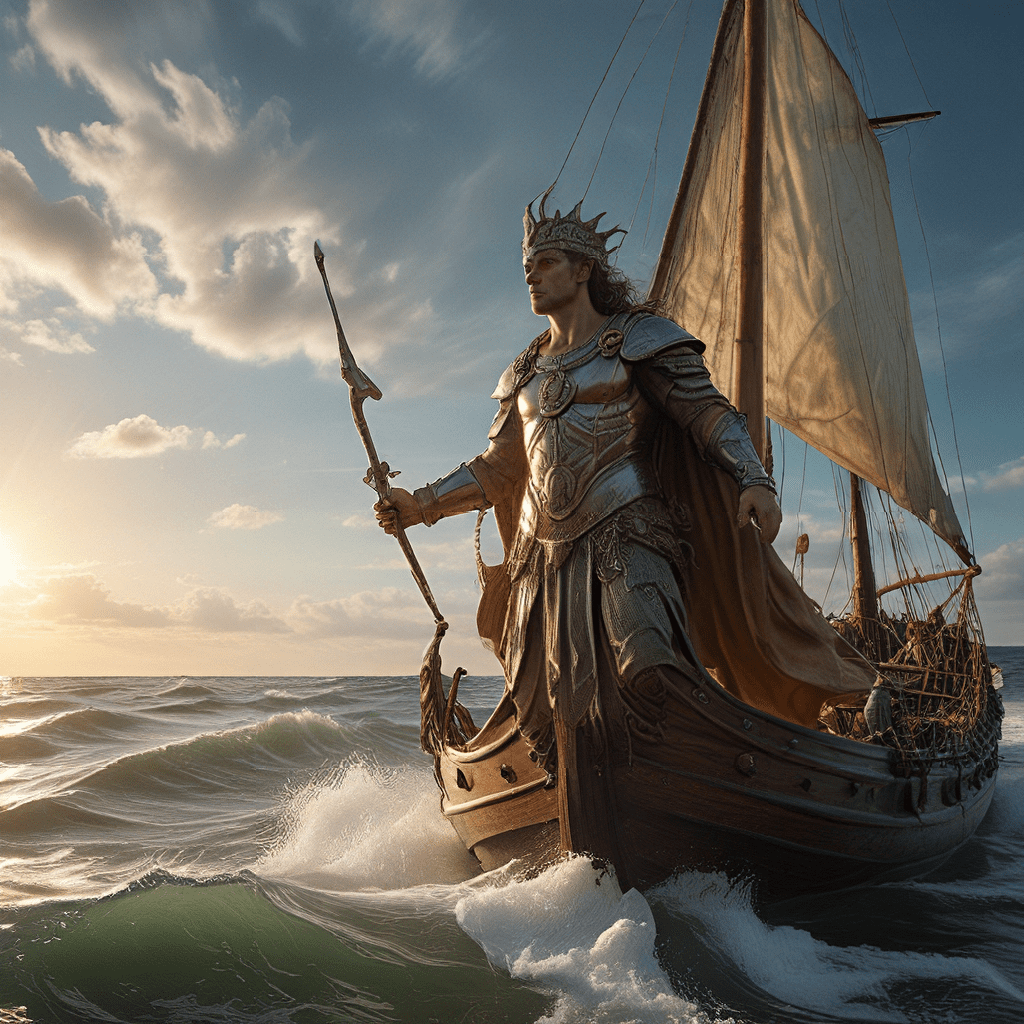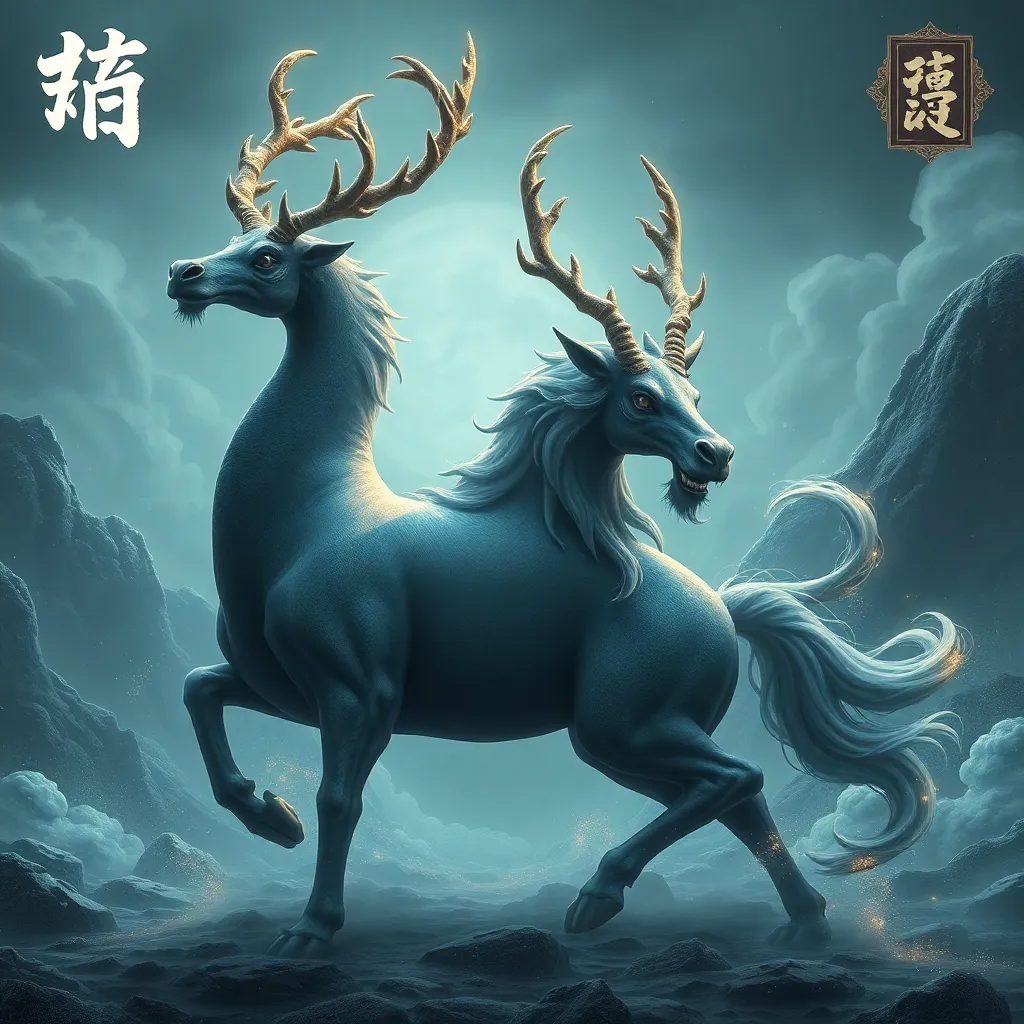Baltic Mythology: A Glimpse into a Rich and Complex World
Baltic mythology, a treasure trove of ancient beliefs and stories, offers a captivating window into the past. While not as widely known as Greek or Norse mythology, it holds a rich tapestry of fascinating deities, myths, and legends. This unique body of folklore reflects the cultural heritage of the Baltic peoples, who inhabited regions of modern-day Latvia, Lithuania, Estonia, and parts of Poland. It's a mythology steeped in nature, ancestors, and the divine, offering insights into a world where the boundaries between the human and the supernatural were blurred.
The Origins of Baltic Mythology: A Blend of Nature, Ancestors, and the Divine
Baltic mythology emerged from a complex interplay of factors, including the influence of the natural world, reverence for ancestors, and the belief in a pantheon of deities. The Baltic peoples lived in close communion with nature, and their myths reflect this deep connection. Trees, rivers, mountains, and the sky were imbued with spiritual significance, often serving as dwelling places for deities or embodying powerful forces.
The worship of ancestors also played a crucial role. Baltic mythology recognized the importance of lineage and the ongoing connection between the living and the dead. Spirits of ancestors were believed to influence the lives of their descendants, and rituals were performed to honor their memory and seek their guidance. This reverence for the past permeated Baltic society, shaping their cultural practices and beliefs.
Key Deities of the Baltic Pantheon: From Perkūnas, the Thunder God, to Laima, the Goddess of Fate
The Baltic pantheon, like other mythological systems, was populated by a vibrant cast of deities, each with their own sphere of influence and personality. One of the most prominent deities was Perkūnas, the thunder god, who controlled the weather and wielded the power of lightning. His fierce nature and association with storms reflected the awe-inspiring power of nature. Other important deities included:
- Laima: The goddess of fate, she determined the destiny of individuals from birth to death.
- Jūratė: The goddess of the sea, she was renowned for her beauty and her dominion over the waters.
- Žemyna: The goddess of the earth, she represented fertility and abundance, overseeing the growth of crops and the well-being of the land.
- Velnias: The devil or evil spirit, a powerful and mischievous figure who could bring misfortune and trouble.
These deities were not just abstract figures but active participants in the lives of humans. They were invoked in prayers, rituals, and sacrifices, and their stories served as cautionary tales and lessons for living.
The Importance of Myth and Legend in Baltic Culture: Shaping Identity, Values, and Beliefs
Baltic mythology played a vital role in shaping the culture, values, and beliefs of the Baltic peoples. These stories provided a framework for understanding the world around them, explaining natural phenomena, and offering moral guidance. Myths helped to solidify social structures, define roles within society, and reinforce societal norms.
The myths about the gods, goddesses, and mythical creatures provided a moral compass, highlighting the consequences of actions and the importance of respect for the divine, nature, and ancestors. These stories also instilled a sense of collective identity, bonding the Baltic peoples together through shared traditions and beliefs.
The Power of Storytelling in Baltic Mythology: Passing Down Wisdom and History Through Generations
Stories were the lifeblood of Baltic culture, serving as the primary means of transmitting knowledge, wisdom, and history. Myths and legends were passed down from generation to generation, often told during gatherings, festivals, and around the hearth.
This oral tradition preserved valuable cultural knowledge, reinforcing the importance of community, respect for nature, and the sacredness of the past. The stories also served as a form of entertainment, offering Baltic people a rich tapestry of fantasy, adventure, and moral lessons.
Baltic Mythology: A Tapestry of Folklore, Rituals, and Sacred Sites
Baltic mythology is more than just stories; it's a vibrant tapestry woven from folklore, rituals, and sacred sites. These elements intertwine to reveal the depth of the Baltic people's connection to their beliefs, and their reverence for the natural and spiritual world.
Folklore, the heart of Baltic mythology, is rich with tales of gods, goddesses, mythical creatures, and heroes. These stories, often passed down orally for generations, provided a framework for understanding the world, explaining natural phenomena, and navigating the mysteries of life and death.
Rituals, an essential part of Baltic life, were deeply intertwined with mythology. They served as a means to honor deities, appease ancestors, and ensure good fortune. These rituals were often tied to specific times of the year, such as the solstices and equinoxes, marking significant moments in the agricultural cycle and the life of the community.
Sacred sites, often located in forests, mountains, and alongside bodies of water, played a crucial role in Baltic religious practices. These places were believed to be imbued with divine power and were frequented by people seeking guidance, healing, or protection. Ancient trees, standing stones, and springs were often revered as gateways to the spiritual world, connecting humans to the divine realm.
The Influence of Baltic Mythology on Modern Culture: Surviving in Art, Literature, and Music
Although Baltic mythology has been influenced by Christianity for centuries, its enduring power continues to resonate in modern culture. Traces of this ancient belief system can be found in art, literature, music, and even everyday life.
In art, artists draw inspiration from the beauty and symbolism of Baltic mythology. The imagery of deities, mythical creatures, and ancient forests has been captured in paintings, sculptures, and textiles, reflecting a deep connection to the past.
Literature, too, is infused with the spirit of Baltic mythology. Contemporary writers draw upon the rich tapestry of myths and legends, reimagining ancient stories for modern audiences. These stories offer insights into the cultural identity of the Baltic people, their values, and their enduring connection to their heritage.
Music, with its power to stir the soul, provides another avenue for expressing the spirit of Baltic mythology. Folk melodies and traditional instruments carry echoes of ancient stories, passed down through generations. Modern composers also draw inspiration from this wellspring of folklore, creating contemporary works that weave together the sounds of the past and the present.
Theories of the Development of Baltic Mythology: From Indo-European Roots to Local Innovations
Baltic mythology, like many mythologies worldwide, has roots in the Indo-European culture. Scholars have identified connections between Baltic myths and those of other Indo-European cultures, such as the Greeks, Romans, and Norse. However, Baltic mythology developed its own unique characteristics, shaped by the specific cultural and environmental factors of the Baltic region.
One theory suggests that Baltic mythology evolved from a shared Indo-European heritage but later diverged, developing its own distinct features due to the unique experiences of the Baltic people. As they adapted to their environment and developed their own cultural practices, their mythology evolved and took on a distinct Baltic character.
Another theory proposes that Baltic mythology, while sharing some common elements with other Indo-European mythologies, also incorporated indigenous beliefs and traditions, contributing to its unique identity. These local influences, including animistic beliefs and reverence for the natural world, shaped the development of Baltic mythology, giving it a distinctive character.
The Role of Nature in Baltic Mythology: Animistic Beliefs and Reverence for the Natural World
The Baltic people's deep connection to nature is reflected in the prominent role it plays in their mythology. The natural world is not simply a backdrop but a living, breathing entity, imbued with spiritual significance.
Animism, the belief that natural objects and phenomena possess spiritual essence, was central to Baltic beliefs. Trees, rivers, mountains, and the sky were seen as sacred, inhabited by spirits or deities. These natural elements were revered and incorporated into rituals, ceremonies, and daily life.
The Baltic people's reverence for nature extended beyond animistic beliefs. They recognized the interconnectedness of all living things and sought to live in harmony with the natural world. The cycles of nature, from the changing seasons to the growth of crops, were seen as reflections of the divine order and were celebrated through festivals and ceremonies.
Interpreting Baltic Mythology: A Window into the Past and a Mirror to the Present
Baltic mythology offers a captivating window into a past world, revealing the beliefs, values, and cultural practices of the Baltic people. By understanding these ancient myths, we gain insights into their worldview, their connection to nature, and their reverence for the divine.
However, Baltic mythology is not merely a relic of the past. It continues to resonate in modern culture, influencing art, literature, music, and even our understanding of the natural world. By exploring these ancient stories, we can connect with our own cultural heritage, discover the power of myth, and gain a deeper appreciation for the enduring influence of these ancient beliefs.
FAQ
Q: What are some of the most famous deities in Baltic mythology?
A: Some of the most prominent deities in Baltic mythology include Perkūnas (the thunder god), Laima (the goddess of fate), Jūratė (the goddess of the sea), Žemyna (the goddess of the earth), and Velnias (the devil).
Q: Where can I learn more about Baltic mythology?
A: There are numerous resources available for exploring Baltic mythology, including books, websites, and museums dedicated to Baltic folklore and culture. You can also find online articles and documentaries that provide insights into this intriguing world of ancient beliefs and stories.
Q: What are some of the key themes in Baltic mythology?
A: Key themes in Baltic mythology include the interconnectedness of humans and nature, the reverence for ancestors, the power of fate, and the constant struggle between good and evil. These themes are reflected in stories about deities, mythical creatures, and heroes.
Q: How is Baltic mythology relevant to modern life?
A: Baltic mythology continues to resonate in modern culture, influencing art, literature, music, and even our understanding of the natural world. By exploring these ancient stories, we can connect with our cultural heritage, discover the power of myth, and gain a deeper appreciation for the enduring influence of ancient beliefs.



